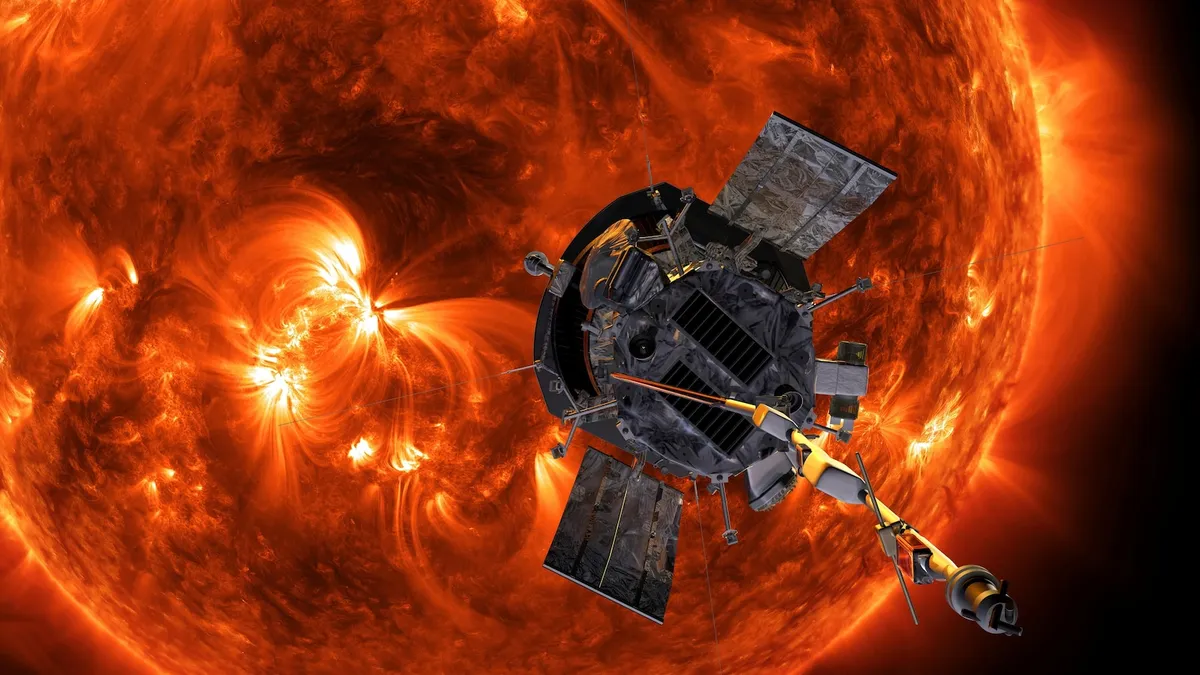
In an exciting development for space exploration, a NASA spacecraft is set to undertake a remarkable journey as it makes another close approach to the sun. This mission marks the second of three planned encounters through the sun's intense atmosphere, a feat that has never been achieved before.
The Parker Solar Probe previously made history in December by flying within a record-breaking distance of just 3.8 million miles (6 million kilometers) from the sun. This groundbreaking pass brought the probe closer to our star than any other man-made object in history. On Saturday, the probe will attempt this daring journey once again, pushing the boundaries of solar observation.
As the Parker Solar Probe embarks on its flyby, it will enter an area out of communication range with mission control. Consequently, the team will not receive data from the spacecraft until Tuesday afternoon, heightening the anticipation surrounding this bold endeavor.
The Parker Solar Probe is recognized as the fastest spacecraft ever created by humans, reaching astonishing speeds of 430,000 mph (690,000 kph) at its closest approach to the sun. Launched in 2018, this groundbreaking mission aims to gather critical data about the sun by flying directly through its outer atmosphere, known as the corona.
Scientists are eager to analyze the data collected by the Parker Solar Probe, as it holds the key to understanding several fundamental questions about our sun. One of the primary objectives is to uncover why the sun’s outer atmosphere is significantly hotter—hundreds of times hotter—than its surface. Additionally, the mission aims to shed light on the mechanisms behind the solar wind, the supersonic stream of charged particles that continually flows away from the sun.
The Associated Press Health and Science Department receives valuable support from the Howard Hughes Medical Institute’s Science and Educational Media Group, as well as the Robert Wood Johnson Foundation. It is important to note that the AP is solely responsible for all content related to this groundbreaking mission.